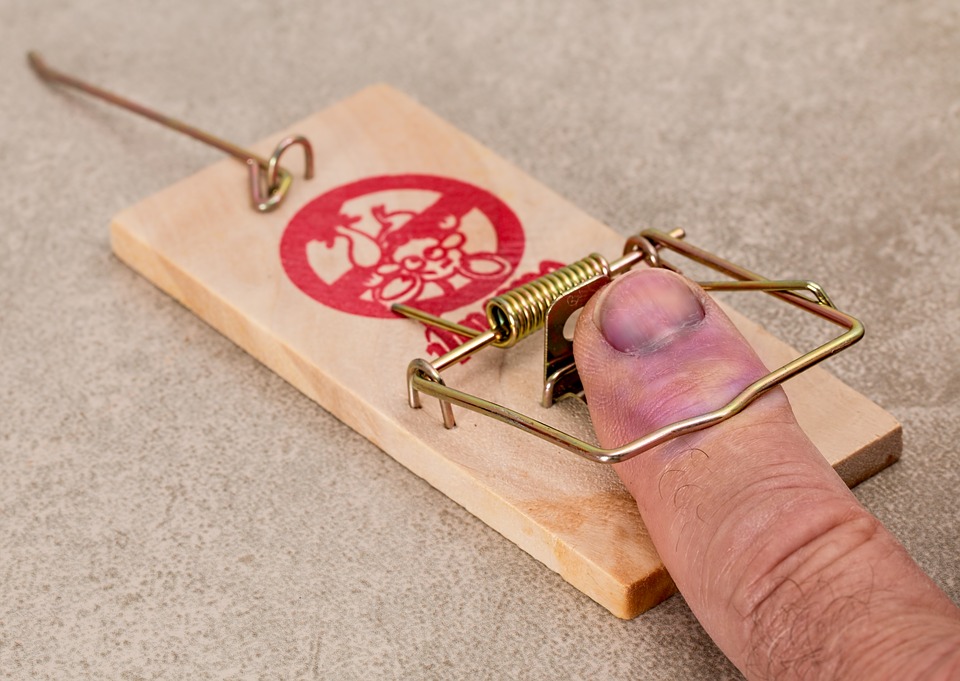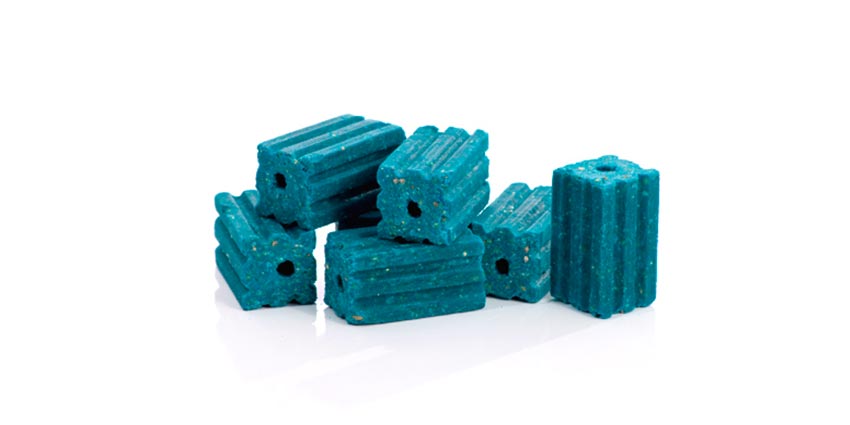 get free exterminator quotes
get free exterminator quotes


Although belonging to the rodent family, rats and mice have differences. Other than the size, there are more salient characteristics that differentiate themselves from each other. A detailed description of their dissimilarities will be discussed later in this article.
For your quick knowledge to know whether your house is infested by rats or mice, the most important thing is to notice rodent droppings, especially in the kitchen area where the source of food is. To know more about rats and mice go through the article.
When you know the basic difference between rats and mice, it would be easier for you to identify if you have a mice infiltration or a rat infiltration. They will be common house mice (Mus musculus) or Sewer rats or brown rats (Rattus norvegicus). The treatment is almost the same but they are different.
The major difference between Sewer rats and brown rats are:
| ROOF RATS OR BLACK RATS | SEWER RATS OR BROWN RATS |
| Slender body. | Thick body. |
| Tail is shorter than the length of the body and head. | Tail is longer than the length of the body and head. |
| Pointed nose. | Bluntnose |
| Large thin ears. | Small hairy ears. |
| Reside in ports, docks and in places near water bodies. | Reside in urban and rural areas. |
| Excellent climbers and hence can nest in trees or attics of houses. | They live in the grounds, basement , sewers and around your house. |
| Very particular about food thus difficult to trap them using bait. | Omnivorous and like to live in human habitats. |

Here are some of the features of mice and rats and how they are different from each other:
| PARTICULARS | RATS | MICE |
| Breeding | • 5 to10 pups per litter. • 3 to 6 litters per year. | • 4 to16 pups per litter. • 7 to 8 litters per year. |
| Droppings | • 10 to 20 mm in length. • Banana shaped droppings. • Up to 40 droppings per day. • Black in color. • As the infestation increases the defecation area spreads. | • 1 to 2 mm in length. • Banana shaped pointed end droppings. • Up to 80 droppings per day. • Black in color. • Areas where you find mice droppings are under the sink, in the closets or beside the water heaters. |
| Appearance | • Small ears. • Large feet. • 16 to 40 cm in length. • 150 to 300 gm in weight. • Hairless thick tail. | • Large ears. • Small feet covered by short hairs. • 3 to 10 cm in length. • 12 to 45 gm in weight. • Long thin tail covered by short hairs. • Light-colored bellies. |
| Living habits | • Black rats (Rattus rattus) make their nests higher than the ground level. • Brown rats (Rattus norvegicus) make their nests in burrows of soil. | • Makes their nests in burrows of soil. |
| Eating habits | • 15 to 30 gm of food per day. • 15 to 60 ml of water per day. | • 3 gm of food per day. • 3 ml of water per day. |
Click here to know about the best rat poison.
You will have to understand why the rodents choose your house for their infestation. Mice and rats have similar reasons to enter your house and they enter a house only for food, a shelter near the source of food and finally, breeding. They do not leave until and unless you forcefully eradicate them. Homely elements attract them easily as a source of food initially, which are:
Most of us who have a large garden with trees, shrubs, and other vegetations, love to see colorful birds flying in and out, resting in the branches of the trees and making that chirpy sound. It makes us living close to nature.
For that, we hang or spread different bird foods, so that these beautiful creatures get attracted to them and flock in the gardens and backyards. Well, these bird foods also attract rodents as the bird foods are also a source of protein nutrition for them.
If you have pets in your house you should keep their food inside your home in the closets. Keeping them outdoors in garages or yards attracts rodents to go for them too. Rodents too feed on pet feces. So, keeping a pet in the house also attract rodents.
If you keep your kitchen garbage untied in open trash cans that attract mice and rats too. Remember, they have a strong sense of smell. Even if you tie the trash bags at the mouth, they have strong incisors to dig into them.
You are not absolutely responsible for this factor actually. During a habitat change rodents seek a warmer and moist place, especially during breeding. Open entry to your house during the rainy or humid season will encourage these creatures to infest your house.
You must take proper measures so that rats and mice do not enter your house in the first place. Check the exteriors of your house and look for holes and minor gaps near doors, electrical wirings, water pipes, doors, windows as these creatures can squeeze in through tiniest of cracks. Apply copper mesh to seal these gaps.
Once you prevent the things mentioned above, the chances of rat or mice infestation diminish. There are methods also to eradicate them once you already have a rodent infestation in your home. Though rats are larger in sizes and are more annoying than the smaller shaped mice, rat eradication is simpler than eliminating mice from your home.
Watch this video to know more about the proportionate dissimilarities between mice and rats:
Technically speaking there should be alternative methods of treating rat infestations and mice infestations. The reason behind this lies in their physical appearances and their behavior patterns.

It’s the Best option for rat infestation. Rats don’t infiltrate in s a horde as mice do and are less assertive comparing to the mice. It is easy to snap trap them than the mice. Nonpoisonous, nonchemical, nontoxic and hence safe for pets and children.
Neophobic in nature rats do not detect new places to wander. They keep on coming back to their known places of invasion. Keeping in mind if you place the bait traps in those places it becomes easier for you to catch them.

Rodents get captured in the glue on the boards and you can lift the board and dispose of. Not so humane as the trapped rodent can be attacked and killed by birds and animals who feed on rodents.

Rodenticide bait stations contain poisonous bait which if once, a rat ingests, allows it to go to its nest. In that case, if the rat dies in between, it will be troublesome for you to find the dead rat between the hollow walls or untraceable tunnels of your house. Only recommended for serious rat infestation. A professional rat exterminator should be consulted before applying this bait.

This product is not for homeowners. Certified applicators can only use against Norway rats and roof rats.

Not the best option for mice infestation. Being smaller in size and larger in population it is difficult to trap them in spring and trick methods. You can catch a couple of lazy and slow mice in the traps but beware of the huge mice infiltration, who are ready to attack your house.

Best mice treatment solution. Best results come by putting numerous bait stations in all suspected areas. Dead mice produce less stinky smells compared to larger dead rats.
Being smaller in size mice tend not to tamper bait stations, which is good for pets and children in your house. Secondary poisoning (bait placed where it should not be placed) is not that ardent comparing to rat bait.

1) Contrac Blox (Effective Component: Bromadiolone)
2) Victor Multi-Kill Block (Effective Component: Difenacoum)
3) First Strike Pacs (Effective Component: Difenthialone)
You can check: how to get rid of the filthy smell of dead rats?
Rats and mice are similar in some ways and are dissimilar in certain ways. Certain varied techniques and processes are needed to be adapted according to the nature of infiltration. Follow the strategies and get your home rodent-free.
Click here and access our exterminator search tool- instantly get free quotes from the authentic house of exterminators in your local area.
Get FREE QuotesProcess Takes About 30 Seconds